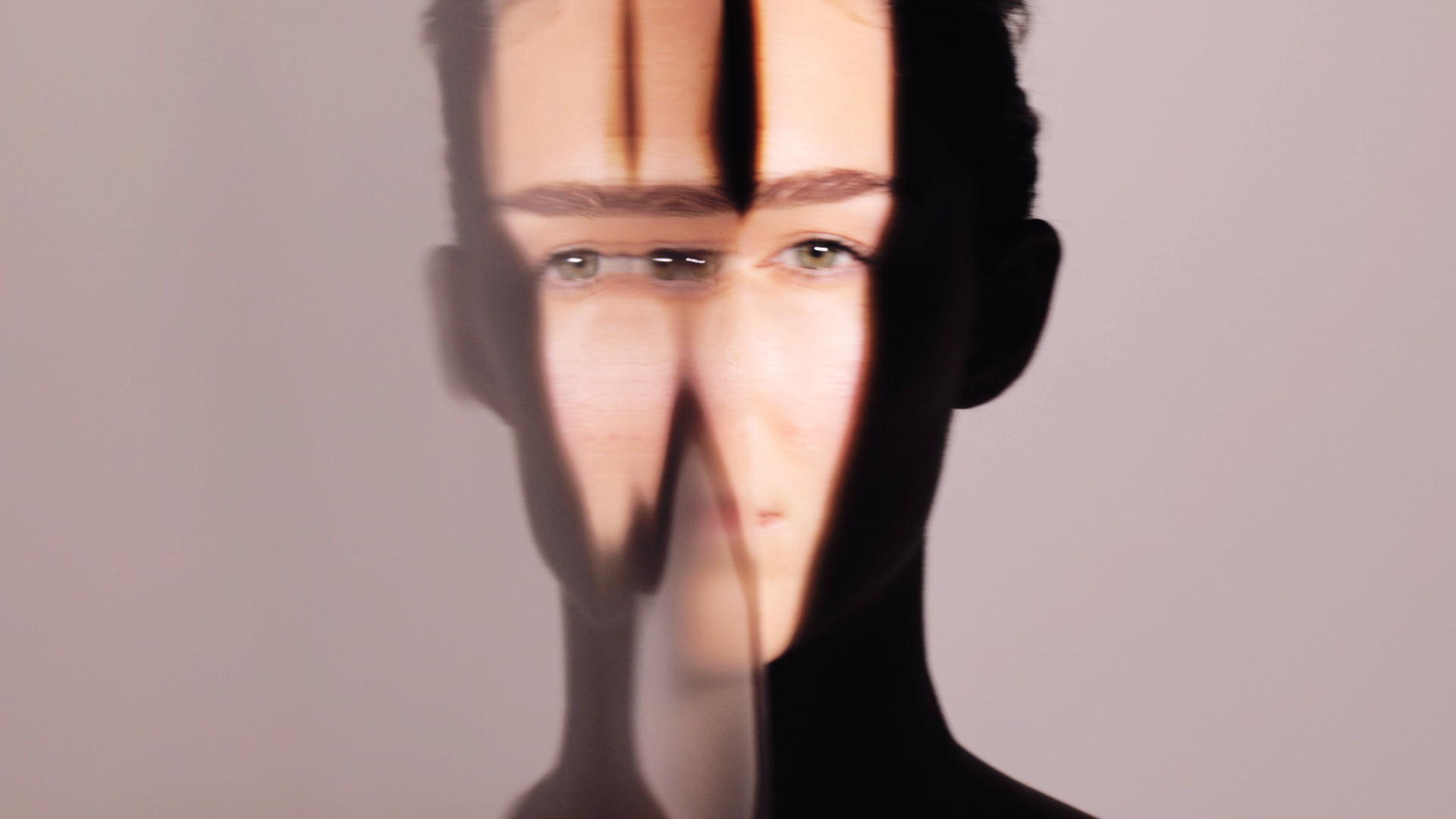Neurodermatitis
Neurodermatitis (atopic dermatitis) is a chronic skin disease that causes dry, scaly, itchy, and inflamed skin. 85% of cases start during infancy. The disease is usually chronic and progresses in stages. The core element is atopy, i.e. the body's readiness to react to unspecific triggers with an excessive immune response. Neurodermatitis is primarily characterized by a changed skin barrier and an existing imbalance or absence of certain fats and proteins. This makes the skin with neurodermatitis susceptible to non-specific stimuli such as stress, cold, moisture and environmental allergens. It comes along with an eczema attack to basically completely harmless environmental influences. This can be very distressing for those affected.
Symptoms
Dry, scaly, inflamed, itchy, and burning skin (eczema) are the main symptoms of neurodermatitis. The skin is prone to superinfection and may then ooze and form crusts. The transition between dry skin and neurodermatitis is usually fluid, and with a relapsing course with worse and better phases being typical. Due to the severe itching and the visibly impure skin, the quality of life of those affected can be severely impacted.
-
Eczemas for babies
Face, torso, extensor arms, legs, hands
-
Atopic dermatitis / neurodermatitis for young children and adults
Large bends (back of the knees, crooks of the arms), neck, face, genital area
-
Isolierte Formen der Neurodermitis
Hands and feet, Eyelids/eyes
Neurodermatitis on the hands
Especially in times of the Covid-19 pandemic, hands are washed and disinfected disproportionately often. This can lead to eczematized, painful cracks on the fingers in neurodermatitis skin. The risk of developing contact allergies to harmless contact and environmental substances is therefore significantly increased.
Causes
The causes of neurodermatitis / atopic dermatitis are manifold. Various factors such as genetic predisposition, environmental factors and stress play a role in the development of neurodermatitis. The reduced resistance of the top layer of skin leads to greater evaporation of water, which causes the skin to dry out and become more susceptible to inflammation. As a result of dehydration, the skin's susceptibility to inflammation increases. Completely harmless stimuli, such as contact with water, can cause severe irritation. Those affected usually react to the itching of the inflamed skin by scratching, which further damages the skin. A vicious circle is set in motion. Eczemas are not contagious.
Diagnosis
Your specialists at sweet skin usually recognize neurodermatitis by the typical appearance and anamnesis. In addition to this, certain blood values or swab results can be used when making a diagnosis. Sometimes allergy tests can be useful. In case of an unclear diagnosis through those parameters, a skin biopsy will be taken.
Where on the body does neurodermatitis begin?
What is causing Neurodermatitis?
When does Neurodermatitis usually appear?
Atopic dermatitis, or neurodermatitis can show up anywhere on the body, babies are primarily affected on the torso, the face and the extensor sides of the arms and legs. Older children and adults are usually affected on their big bends (arms and knees), or on the neck and hands. Often, individual, smaller eczema spots develop first, which enlarge through scratching and finally appear on more and more parts of the body.
Atopic dermatitis, or neurodermatitis can show up anywhere on the body, babies are primarily affected on the torso, the face and the extensor sides of the arms and legs. Older children and adults are usually affected on their big bends (arms and knees), or on the neck and hands. Often, individual, smaller eczema spots develop first, which enlarge through scratching and finally appear on more and more parts of the body.
Neurodermatitis arises from an interaction of genetic predisposition, environmental stimuli and stress. The skin loses its protective effect against external influences due to a deficiency or an imbalance of various components of the uppermost layers of the skin. It dries up, becomes leaky, gets inflamed and, as a result, begins to itch. In most cases, the parents or close relatives also suffer from neurodermatitis or have at least a predisposition to dry skin.
Neurodermatitis arises in 85% of cases during the first 5 years of life. However, it can also occur for the first time during pregnancy, in old age or in the event of severe stress.
Treatment
The cornerstone for the basic therapy of dry neurodermatitis skin is the utilization of suitable skin washing and skin care products. These creams and lotions are usually available over the counter. You can work out the best therapy for your skin together with your dermatologist at sweet skin. The basic therapy must be adapted to the seasons of the year. Cortisone lotions and cortisone-free active ingredient preparations are also essential for the eczematized areas. These are individually prepared for your demands and generally require a prescription. In addition, light therapy at sweet skin can help as an effective form of treatment with no side effects. It can also be used during pregnancy. In very severe cases or in the event of insufficient effectiveness of the above measures, drug therapies in the form of tablets or injections are necessary.
The predisposition to neurodermatitis cannot be cured, but with appropriate management, together with your dermatologist at sweet skin, the symptoms can be significantly reduced, in terms of their frequency and severity. They may even be prevented.

